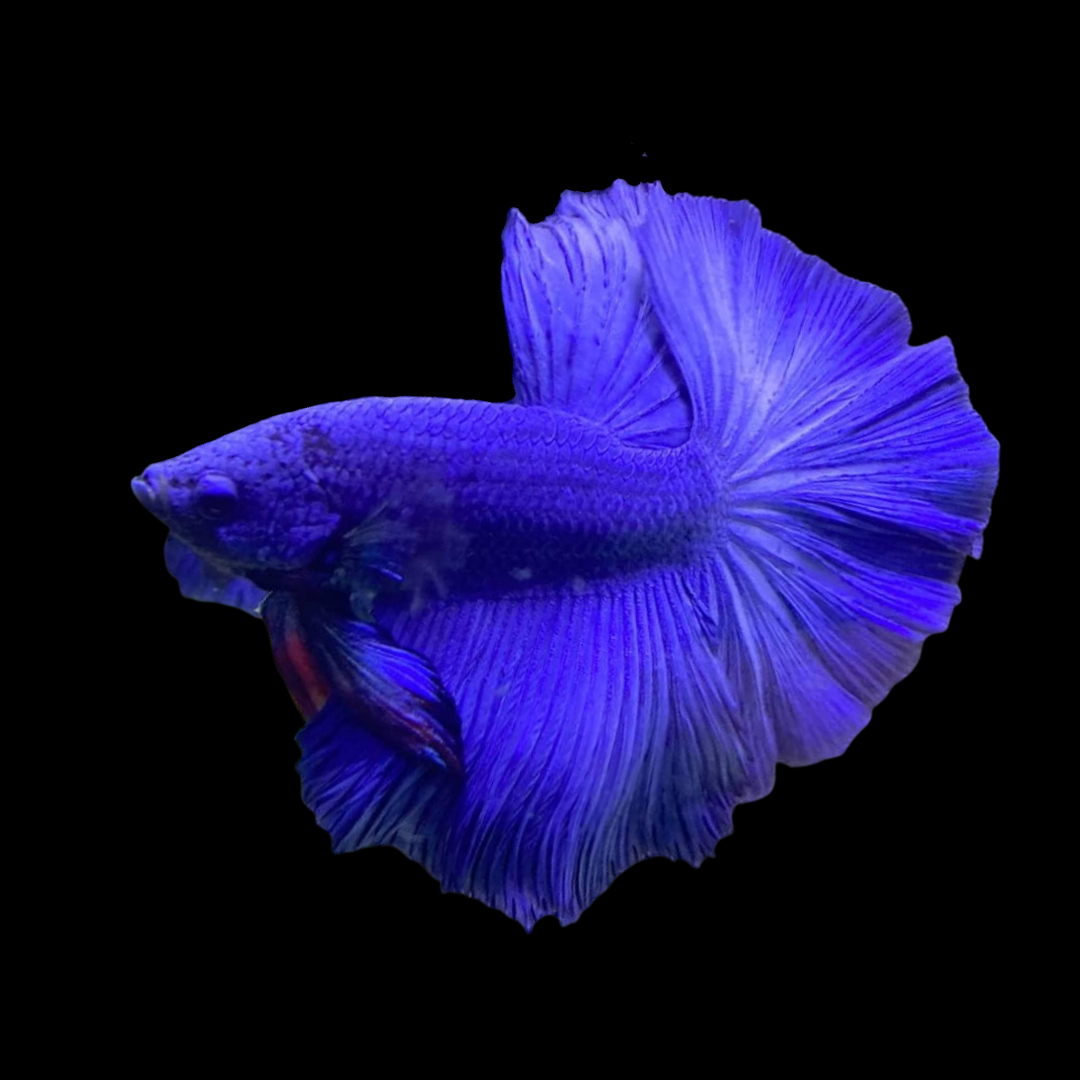All Regarding Betta Fish: Comprehending Their One-of-a-kind Needs, Habits, and the very best Practices for Optimum Treatment
Recognizing the special needs and habits of Betta fish is vital for any kind of aquarist wanting to provide optimum treatment. These captivating animals, indigenous to the warm waters of Southeast Asia, exhibit distinct territorial propensities and need details environmental problems to grow. From selecting the right tank size to recognizing possible health issues, various elements substantially influence their wellness. As we explore these components further, the ramifications for both novice and knowledgeable fish caretakers become significantly evident, questioning regarding how ideal to accommodate these remarkable fish in our homes.
Betta Fish Summary
Although often appreciated for their vibrant shades and streaming fins, Betta fish, medically referred to as Betta splendens, are complex creatures that call for specific care to flourish. Stemming from Southeast Asia, these freshwater fish are known for their territorial nature and distinct actions. Betta fish display sex-related dimorphism, with males showing a lot more brilliant colors and longer fins than women.
Their aggressive propensities, specifically amongst men, necessitate mindful consideration when housing them. Bettas are frequently kept in single-specimen containers to avoid territorial conflicts. They can coexist peacefully with particular compatible types in bigger neighborhood containers, gave the atmosphere fulfills their requirements.

To guarantee optimum treatment, aquarists should recognize their unique behavior characteristics, dietary demands, and environment requirements. betta fish. With proper attention, Betta fish can exhibit their lively characters and thrive in a well-kept aquarium setup
Natural Habitat and Environment
Betta fish prosper in a diverse series of natural environments, mainly located in the superficial waters of Southeast Asia, consisting of rice paddies, swamps, and slow-moving streams. These atmospheres are characterized by warm temperature levels, commonly between 75 ° F and 82 ° F(24 ° C and 28 ° C ), and a pH level varying from 6.5 to 7.5, which is suitable for their health and wellness and wellness.
In their natural environments, Betta fish are accustomed to thick greenery, offering both shelter and breeding grounds. The visibility of plants such as drifting water lilies and thick grasses not just offers defense from predators yet likewise adds to the oxygenation of the water, which is necessary for their breathing requirements. Additionally, these settings commonly have locations of still water, allowing Betta fish to display their natural actions such as bubble nesting.
Understanding the natural habitat of Betta fish is essential for fish tank lovers. Duplicating these conditions-- via water temperature level, pH balance, and the addition of online plants-- can considerably boost the general wellness and longevity of these captivating fish, guaranteeing this content they grow in a home fish tank setting.
Social Behavior and Communications
Comprehending the social actions and communications of Betta fish is crucial for successful aquarium administration. Betta fish, or Siamese battling fish, are known for their special behavior traits, defined largely by territoriality and aggression. Men, specifically, display highly hostile actions in the direction of each other, causing the well-known online reputation of Betta fish as boxers. In a constrained area, 2 men can participate in terrible conflicts, frequently causing injury or fatality.
On the other hand, women Bettas display less aggressive actions and can exist together in groups, referred to as sororities, if introduced properly. It is essential to check their communications closely, as power structure and dominance can lead to disputes. Recognizing the characteristics within a Betta neighborhood is crucial; developing concealing spots and making sure ample area can mitigate hostility.
Furthermore, Betta fish may also show interest and social habits towards other species. While they can exist side-by-side with certain non-aggressive tank companions, it is important to choose compatible varieties to prevent stress and aggressiveness. Overall, identifying these social interactions is crucial to cultivating an unified aquarium atmosphere for Betta fish.
Important Care Guidelines
Providing proper treatment for Betta fish is essential to their health and wellness. Regular water changes-- around 25% regular-- aid keep water quality.
Betta fish call for an appropriate container dimension; a minimum of 5 gallons is suggested to provide ample space for swimming and hiding. Consist of decorations and plants to create a stimulating atmosphere, but stay clear of sharp objects that could damage their fragile fins.

Lastly, make certain the tank is geared up with a filter to keep the water clean, however use a mild filter to prevent solid currents that can worry the fish. By following these necessary treatment guidelines, proprietors can advertise a healthy and vivid Betta fish.
Common Health And Wellness Issues and Solutions
In the treatment of Betta fish, awareness of common health my response and wellness issues is essential for keeping their health. To deal with fin rot, enhance water conditions and consider making use of a broad-spectrum antibiotic.
Another common disorder is ich, a parasitic infection identified by white spots on the fish's body (betta fish). Treatment includes increasing water temperature and adding fish tank salt to the container, as this can aid get rid of the parasite
Swim bladder disorder is additionally frequently observed, leading to buoyancy issues. This condition might develop from overfeeding or constipation. A fasting duration of 24-48 hours, followed by a diet of blanched peas, can supply alleviation.
Last but not least, bettas might experience from velvet condition, shown by a gold dust-like look on their skin. Treatment typically needs medication particularly created for outside parasites, along with enhanced container hygiene.
Regular surveillance of water parameters, maintaining a tidy setting, and offering a well balanced diet are vital safety nets. By resolving these wellness problems quickly, Betta fish can lead much healthier, much more dynamic lives.
Final Thought
In recap, successful betta fish treatment needs an understanding of their one-of-a-kind demands and habits. Routine monitoring of health and wellness and water quality, along with a balanced diet regimen, contributes to the longevity and vibrancy of betta fish.